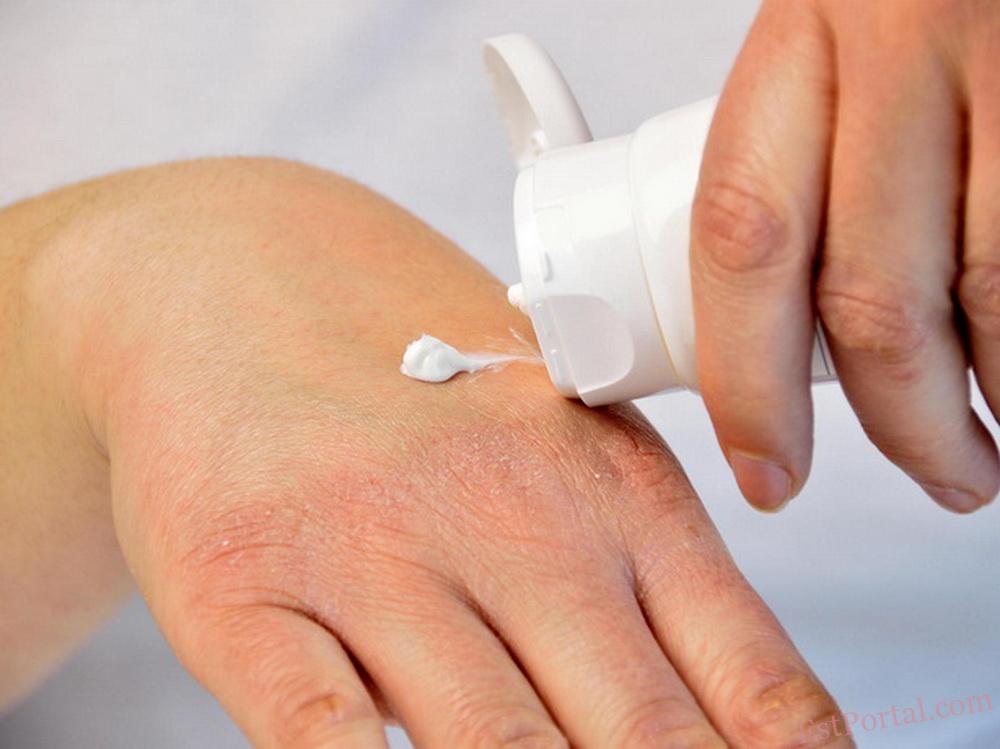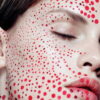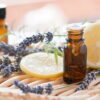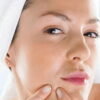
Dermatologists urge moisturizing the skin after frequent hand washing
As the number of COVID-19 cases continues to climb, health officials have been urging Americans to wash their hands at every opportunity. Hand washing is critical to the effort to stop the spread of the virus. However, a side effect of frequent hand washing is dry skin that can flake, itch, crack and even bleed, say dermatologists at the American Academy of Dermatology, making consumers more susceptible to germs and other bacteria. Fortunately, there are simple precautions you can take to avoid excessive dryness due to handwashing.
“Repeatedly washing your hands without moisturizing them can lead to excessively dry and cracked skin,” says board-certified dermatologist Carrie L. Kovarik, MD, FAAD. “This can cause open wounds in the skin that can allow in bacteria and other germs, making moisturizing a really important step after hand washing, especially if you’re prone to dry skin or conditions like eczema.”
To reduce your risk of dry, cracked skin caused by frequent handwashing, Dr. Kovarik recommends the following tips:
- Wash your hands using lukewarm water. Wash with soap and water for at least 20 seconds — making sure to get between your fingers and around your nails. Always wash your hands after using the restroom, visiting a public place, and after blowing your nose, coughing or sneezing.
- Moisturize immediately after washing your hands. Moisturizing while your hands are still slightly damp helps lock in the moisture on your skin. Wash your hands, pat them dry, and then rub a pea-sized amount of moisturizer over your hands. Make sure to get the product onto the tips of your fingers, as that area can be prone to dryness and cracking.
- Use moisturizers that contain mineral oil or petrolatum. Look for moisturizing ointments and creams — the ones you squeeze out of a tube — as these are more effective than products you pump out of a bottle. Make sure they are fragrance- and dye-free, as these are less irritating. If more relief is needed for dry skin, dab petroleum jelly on your hands before bed.
- When soap and water aren’t available, use hand sanitizer, followed by moisturizer. The CDC recommends using a hand sanitizer made with at least 60% alcohol to effectively kill germs. Since these can be drying, it’s important to moisturize afterwards to maintain hydration. However, after applying hand sanitizer, make sure your hands dry completely before applying the moisturizer.
- Don’t believe everything you hear or see online. Contrary to statements being made on social media, using moisturizer after washing your hands does not negate your hand-washing efforts, and there is no evidence that using hand sanitizer makes you more vulnerable to infections or viruses. If you have questions about how to wash your hands or use hand sanitizer or moisturizer, ask your physician.
“Remember, even if your hands are dry, continue to wash them, as doing so can remove harmful bacteria and viruses,” says Dr. Kovarik. “If nothing seems to be treating your dry skin, see a board-certified dermatologist, as you may require a prescription cream or ointment. Dry skin can also be a sign of an underlying medical condition, such as eczema, and a dermatologist can give you a proper diagnosis.”
Reprinted from American Academy of Dermatology








